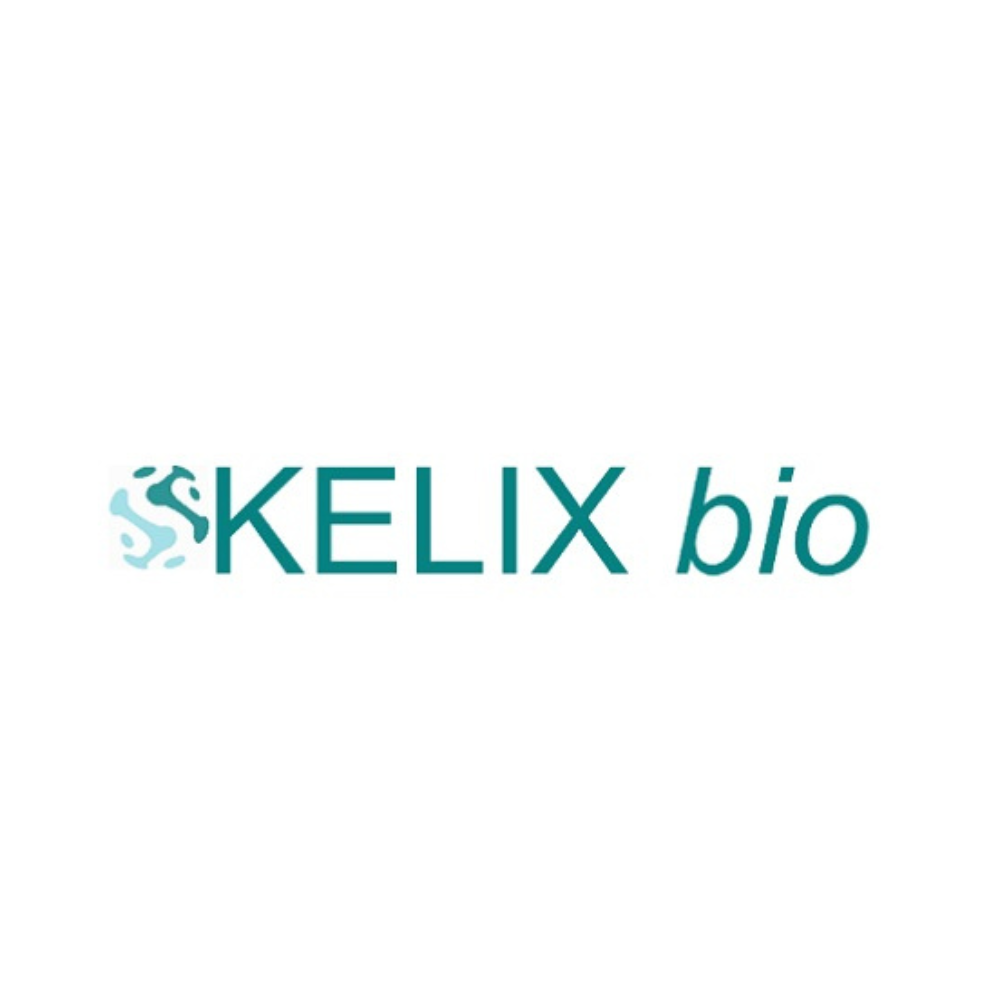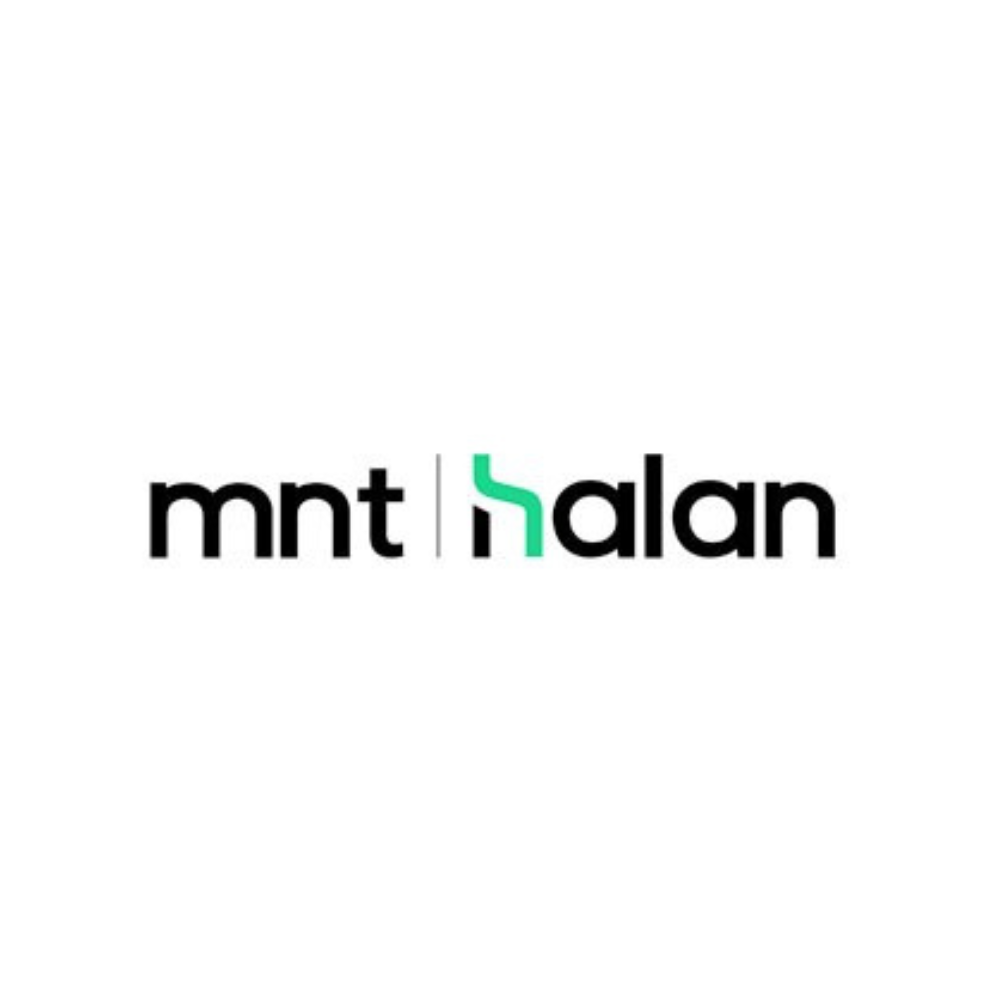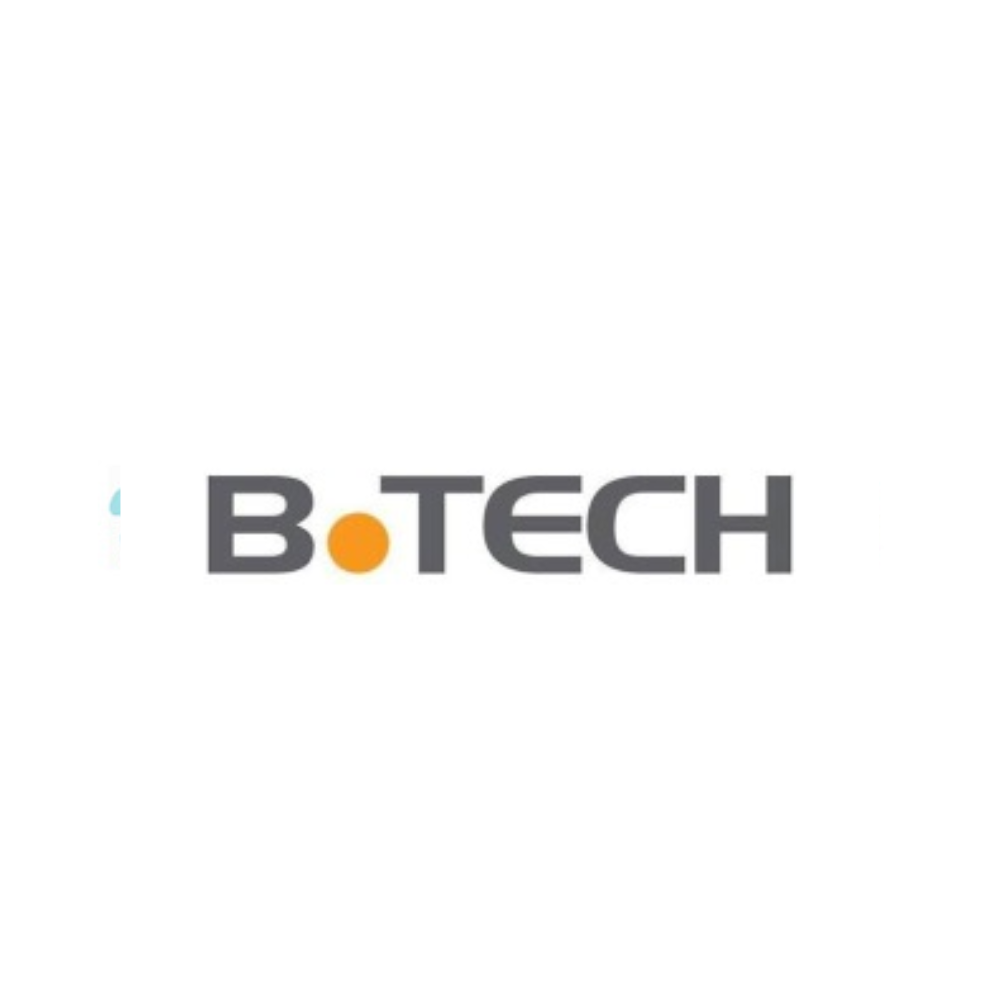Kelix Bio – Healthcare
Kelix bio is a pan-African biopharmaceutical platform which aims to develop and commercialise affordable specialty products in jurisdictions historically deprived of access to such medications.

Inputs
Founding and establishing Kelix bio: Given the developmental gap in access to affordable and quality medicines in Africa, DPI, alongside British International Investment (BII) and the European Bank for Reconstruction and Development (EBRD) merged an Egyptian pharmaceuticals manufacturer with a generic drugs company based in India to create a new pharmaceuticals platform with the aim to introduce lower cost generic drugs into Egypt. DPI together with the consortium holds 100% shares in the company. ESG engagement: DPI’s teams engage with Kelix bio to reduce ESG risks across their operations and increase their scale of production to introduce new molecules in African markets.
Outputs
Provision of critical drugs: Kelix bio provides a large portfolio of products for critical care and oncology, including:
- 77 products for cancer prevention and chemotherapy
- 49 anti-infective products
- 38 products to address conditions affecting the central nervous system
- 38 products for cardiovascular conditions
These products are used by health professionals in hospitals and clinics in over 46 countries globally, with 20 across the African continent.
Outcomes
Kelix bio has become a key player in the healthcare market as a result of its supply chain reliability and competitive costs, as their portfolio of drugs are sold at least 5% lower cost than competitor innovator companies. Whilst end users in Africa spend on average 15% of their income on healthcare, Kelix bio’s customers only spend 10% of their income on their products.
SDG Targets and Indicators
- SDG 3.8 – Achieve universal health coverage, including financial risk protection, access to quality essential healthcare services and access to safe, effective, quality and affordable essential medicines and vaccines for all
- SDG 3.8.2 – Proportion of population with large household expenditures on health as a share of total household expenditure or income


